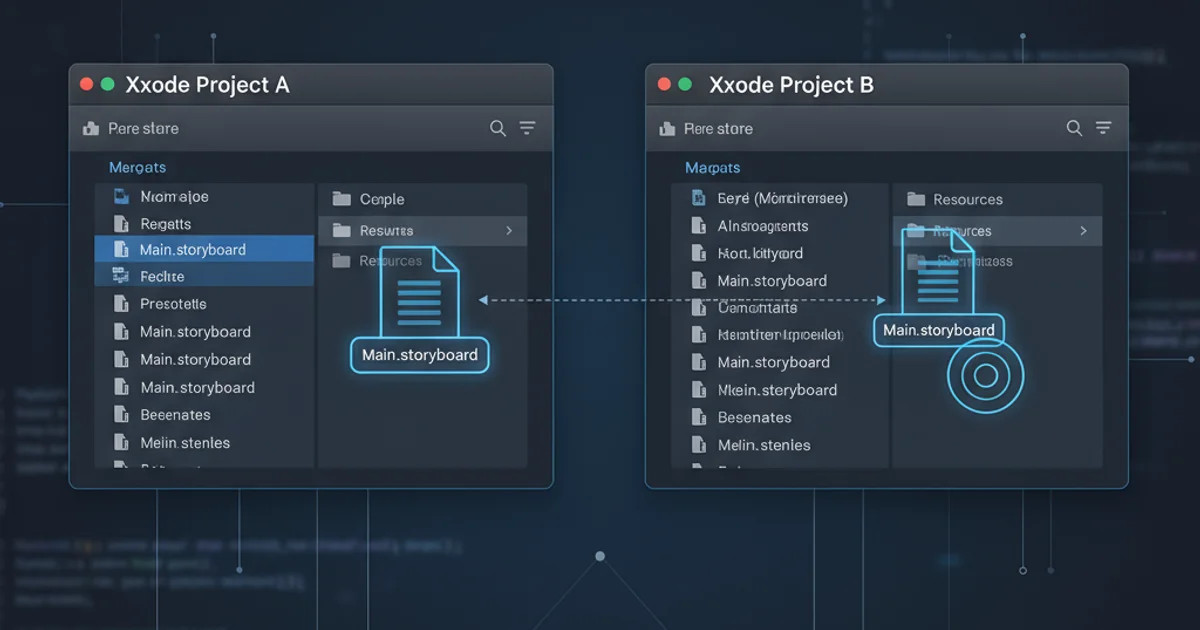Getting execute permission to xp_cmdshell
Categories:
Granting Execute Permissions for xp_cmdshell in SQL Server

Learn how to securely enable and grant execute permissions for the xp_cmdshell extended stored procedure in SQL Server, understanding the associated security implications and best practices.
The xp_cmdshell extended stored procedure in SQL Server allows database administrators to execute operating system commands directly from SQL Server. While incredibly powerful for tasks like file system operations, interacting with external applications, or automating administrative scripts, it also poses significant security risks if not managed carefully. By default, xp_cmdshell is disabled in SQL Server for security reasons. This article will guide you through the process of enabling it and granting the necessary execute permissions, along with crucial security considerations.
Understanding xp_cmdshell Security Implications
xp_cmdshell executes commands using the security context of the SQL Server service account. This means any command run via xp_cmdshell will have the same permissions on the operating system as the account under which SQL Server is running. If the SQL Server service account has elevated privileges (e.g., Local System or a domain administrator account), then xp_cmdshell can be exploited to perform malicious actions on the server, including deleting files, installing software, or accessing sensitive data outside the database. Therefore, enabling and granting access to xp_cmdshell should be done with extreme caution and only when absolutely necessary.
flowchart TD
A[SQL Server Instance] --> B{"xp_cmdshell Enabled?"}
B -- No --> C[Disable `xp_cmdshell` (Default)]
B -- Yes --> D[Execute OS Command]
D --> E[SQL Server Service Account Context]
E --> F[Operating System]
F --> G[Command Execution]
G --> H[Result to SQL Server]
C --> I[Security Best Practice: Keep Disabled]Flowchart illustrating the xp_cmdshell execution process and security context.
Enabling xp_cmdshell
Before you can grant execute permissions, xp_cmdshell must first be enabled. This is typically done using SQL Server's sp_configure system stored procedure. Enabling it is a server-level configuration change.
EXEC sp_configure 'show advanced options', 1;
RECONFIGURE;
EXEC sp_configure 'xp_cmdshell', 1;
RECONFIGURE;
SQL commands to enable xp_cmdshell.
xp_cmdshell when it's no longer needed. Leaving it enabled unnecessarily increases your attack surface.Granting Execute Permissions to Specific Users
Once xp_cmdshell is enabled, you should not grant EXECUTE permission on it to public or to users who don't absolutely need it. Instead, create a dedicated proxy account with minimal necessary permissions and grant EXECUTE on xp_cmdshell to specific, trusted logins or roles. This follows the principle of least privilege.
1. Create a dedicated login (if needed)
If the user doesn't already have a SQL Server login, create one. For Windows authenticated users, this would be CREATE LOGIN [DOMAIN\UserName] FROM WINDOWS;.
2. Create a database user for the login
Map the login to a user in the database where xp_cmdshell will be used, or in master if you prefer. CREATE USER [UserName] FOR LOGIN [LoginName];
3. Grant EXECUTE permission on xp_cmdshell
Grant the EXECUTE permission on xp_cmdshell directly to the specific login or a custom database role. It's generally better to grant to a role and then add users to that role. For example: GRANT EXECUTE ON xp_cmdshell TO [YourLoginName];
4. Test the permission
Log in as the user you granted permission to and attempt to execute a simple command: EXEC xp_cmdshell 'dir c:\'; Ensure it works as expected.
5. Revoke permissions when no longer needed
If the user no longer requires xp_cmdshell access, revoke the permission: REVOKE EXECUTE ON xp_cmdshell FROM [YourLoginName];
xp_cmdshell operations, which can run commands under a different Windows user account with limited privileges. This provides an additional layer of security.-- Example: Granting to a specific SQL Server login
USE master;
GO
-- Create a new SQL Server login (if not already exists)
CREATE LOGIN [CmdShellUser] WITH PASSWORD = N'YourStrongPassword123!', CHECK_EXPIRATION = OFF, CHECK_POLICY = OFF;
GO
-- Grant EXECUTE permission on xp_cmdshell to the login
GRANT EXECUTE ON xp_cmdshell TO [CmdShellUser];
GO
-- To test (run as CmdShellUser)
EXEC xp_cmdshell 'echo Hello from xp_cmdshell!';
GO
-- To revoke permission
REVOKE EXECUTE ON xp_cmdshell FROM [CmdShellUser];
GO
-- To drop the login (if no longer needed)
-- DROP LOGIN [CmdShellUser];
-- GO
SQL commands for creating a login and granting/revoking xp_cmdshell execute permissions.